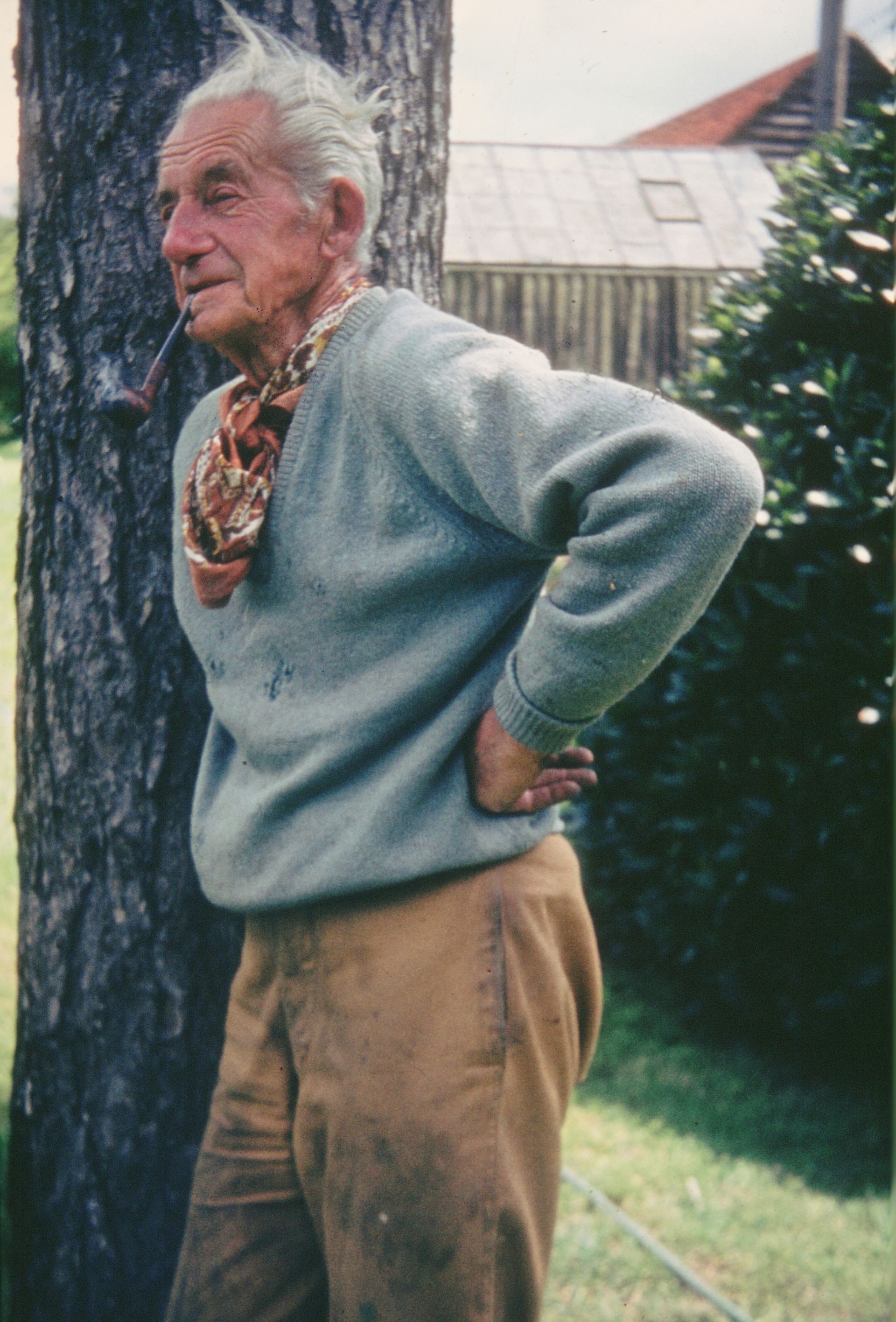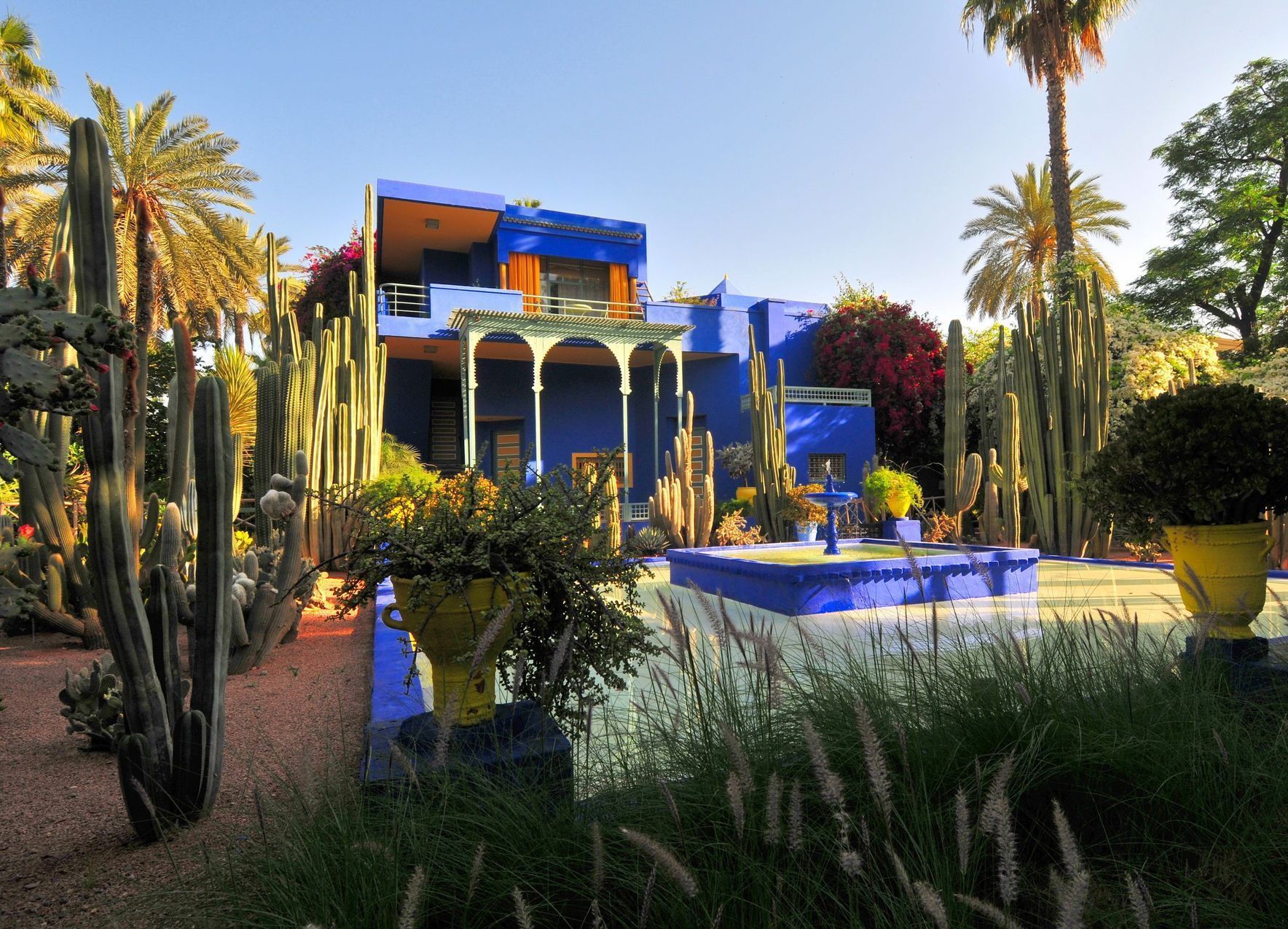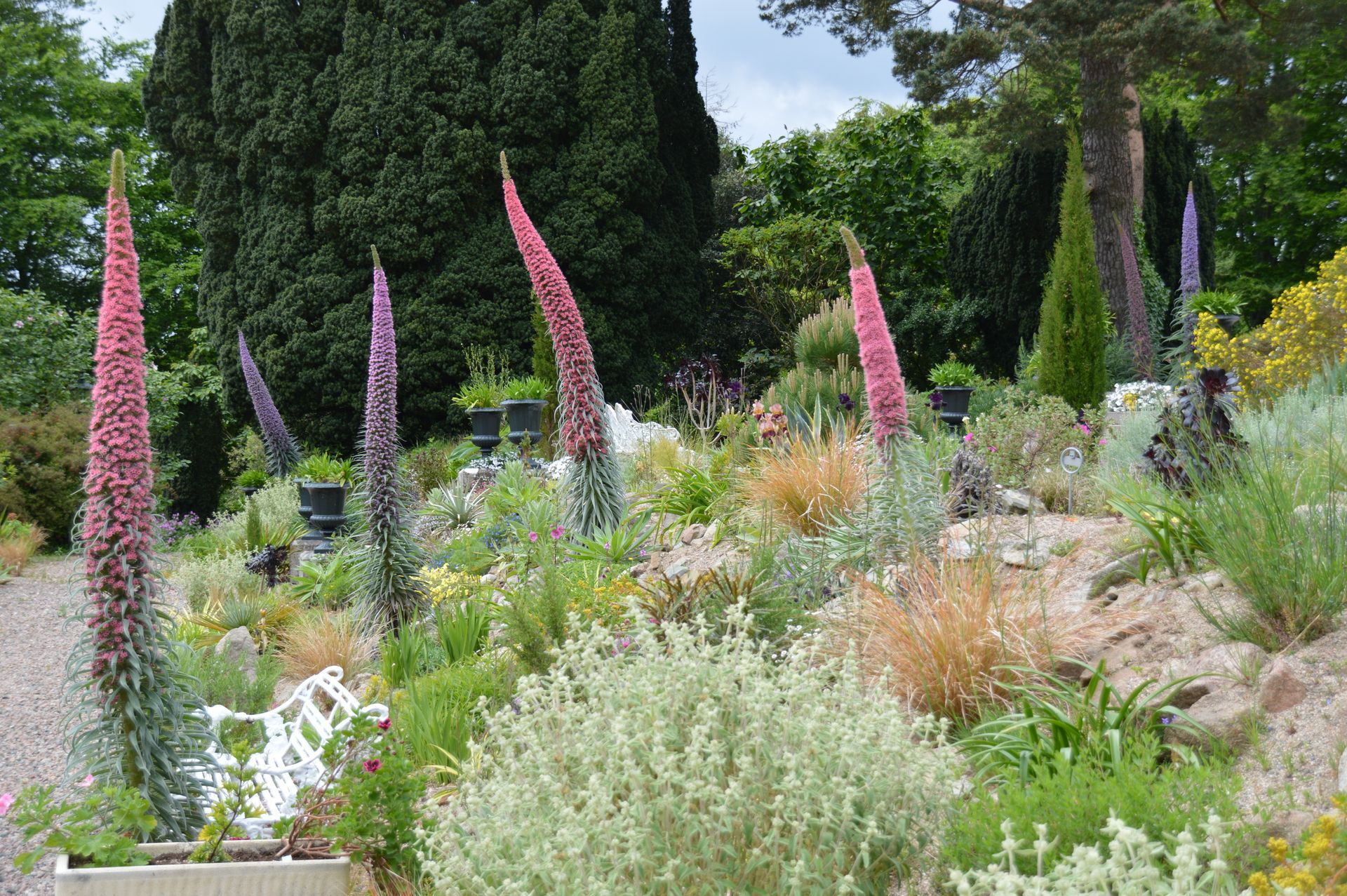Hortus goes to Benton End and Beyond | Article
Benton End | by Sarah Cook
Benton End was the home of Cedric Morris from the early 1940’s until his death in 1982. Morris was proud of his Welsh ancestry; his family roots can be traced back to the 1800’s. He made his first home in Suffolk at The Pound in Higham, about 5 miles from Benton End, running his Art School at Dedham, but moved the Art School to Benton End in the late 1930’s – after a devastating fire in his studio.
Morris started breeding Irises in the mid 1930’s. His early work in breeding took place at the Pound, and continued at Benton End after he had moved there in the early 1940’s. He took a ‘scientific’ approach to Iris breeding, carefully choosing the seed and pollen parents. It would have taken about 5 years from making the first crosses to seeing flowers on the plants. He grew approximately 100 seedlings to flowering every year, most of these seedlings were discarded. The Irises he named were sold via nurseries such as Orpington Irises and Wallace Irises.
In addition to Iris Breeding, and in complete contrast Morris grew a large number of specie plants. He was one of the first gardeners to turn from formal ‘Edwardian’ style gardens to the ‘naturalistic gardens’ of recent years. A list of plants in the garden at Benton End was compiled by Jim Bingley in the 1960’s. The list of plants runs to over 700 species, to my mind shows that Morris was at the forefront of ‘Naturalistic Planting’ which has, in various guises influenced gardening in Britain for the last 30 years. In the early 1960’s Beth Chatto visited Benton End with a friend, Nigel Scott, Beth wrote of the occasion ‘I was like a child in a sweetshop wanting everything I saw’ …… ‘ecstatic I knew I must grow such plants in my own garden’ .
I think that Morris, through people such as Chatto, has had a huge influence on modern ‘naturalistic plantings’. He removed the formal beds of the garden at Benton End and replaced them with amorphous ‘natural’ shapes.
Morris understood that after his death the garden and plants were unlikely to survive; he appointed the late Jenny Robinson (herself a noted plantswoman) to be his plant executor. This was a wise move and many of the plants are still grown by his friends, and their friends, they have been generous in helping to repatriate the plants to Benton End.
The Garden Museum and the Pinchbeck Charitable Trust are renewing the garden. It is not intended to return the garden to any of its previous forms, but rather to encourage many of the bulbous and other plants planted by Morris which still grow in the same areas in the garden at Benton End, re-appearing each year in the grass. (An area we now know as ‘Cedric’s Ghost)
The richest areas in the lower garden are now being specifically maintained to this aim. Other areas are being developed in which to grow as many of the (over 700!) plants which were listed by Jim Bingley, (a friend of Morris and warden at Flatford Mill Field Studies Centre) in the 1960’s. A time which was probably the ‘heyday’ of the garden. This list has been published in ‘Cedric Morris – A life in Art and Plants’ and contains over 700 plants, many of them bulbous, but also plants such as Clematis, Roses, Salvias and Daphnes, to name but a few!
Morris was very aware of ‘modern’ issues such as pollution, a theme in a few of his paintings.
The Garden Museum and the Pinchbeck Trust are renewing the garden. It is hoped that Benton End will inspire future generations of gardeners.
- Sarah Cook
Explore Benton End in 2025 and book now!
- Hortus goes to Benton End and Beyond | 2 - 5 June 2025 with Charles Fox
Contact Info
Tel: 01280 430 175
Email: hello@fineandcultural.com
WhatsApp: +447946892834
Fine and Cultural Tours Ltd
1 West Street, Buckingham, MK18 1HL
Tours
Quick Links


All Rights Reserved | Fine and Cultural Tours | Booking conditions | Privacy Policy














